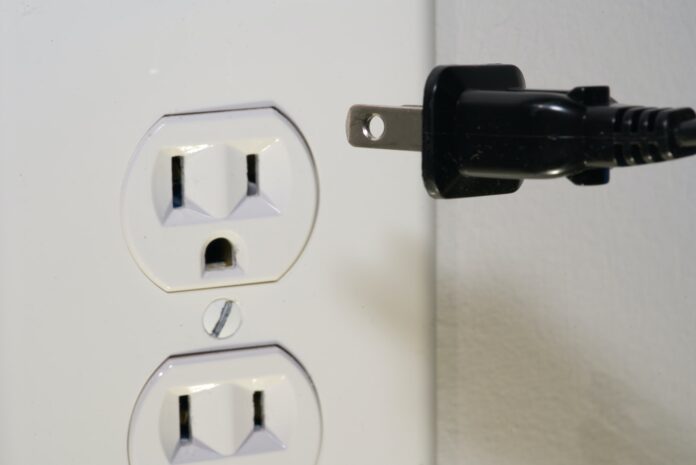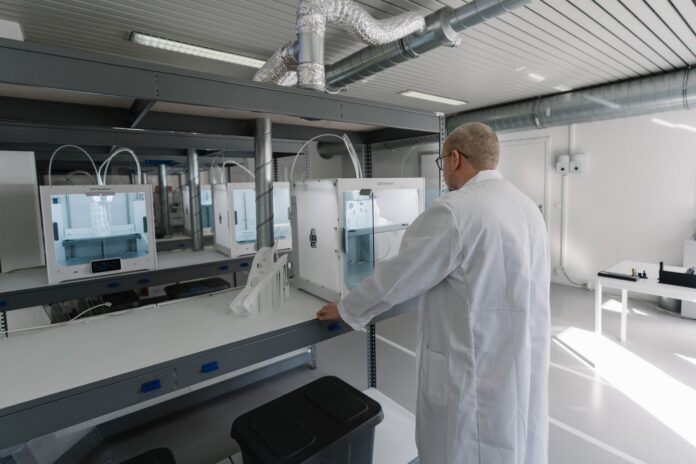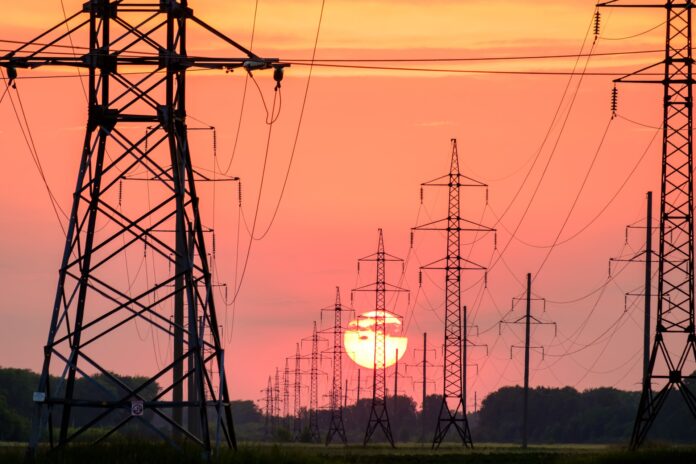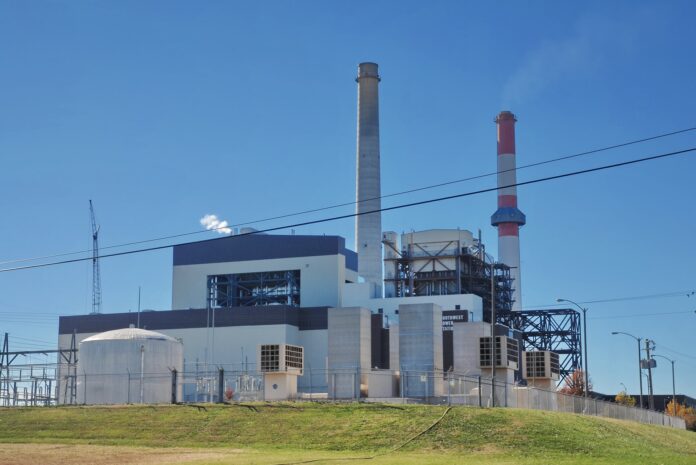By emissions reduction, improving local air quality, and lowering acid rain, energy efficiency can improve human health. The energy required to run heavy industrial structures in the U.S. accounts for 19% of US carbon pollution, 12% of nitrogen oxide emissions, and 25% of so2 emissions, at an expense of $110 billion annually.
Approximately two-thirds of worldwide greenhouse gas (GHG) pollution are attributed to energy production and consumption. As a result, this sector plays a disproportionately large and essential role in countries’ attempts to create and implement long-term climatological strategies. Let’s take a glance at how we might contribute to the sector’s sustainability.
Considerations For Long-Lasting Infrastructure In The Electric Sector

Aside from carbon output, long-lived electric facilities seem to be static, forces users to deal with volatile fuel prices, and makes it even more difficult to begin taking advantage of technological breakthroughs in a timely fashion. Because investment periods for electric-sector facilities are particularly long, decisions made today will have long-term consequences for both environmental and development goals.
As a result, a decision made today becomes a dedication for much more than sixty years, one which future generations believe they will be unable to reverse. Utilities today are tying subsequent generations to a collection of fossil-fuel systems without considering the entire lifespan impact of their decisions.
The Long-Term Outlook

Energy planning that takes into account the effects of energy assets’ extended lifetimes increases the chances of meeting climate goals while also avoiding innovation “lock-in,” which can lead to significant stranded assets that influence utilities’ future financial health and act as a drag on income progress.
It may be worthwhile for subsequent generations to take into account whether a “stranded” price in a power plant has reached the end of its lifespan and retiring it even if it is still functional can be difficult since replacing it requires considerable capital. Stalling tactics on significant emissions reductions from power generation and use while looking at potential energy consumption would boost a need for new future power investments.
The most effective strategies will pinpoint pathways that retain versatility and alternative routes. One of the most effective ways to lock in a carbon-intensive path is to only use commercially available technologies. The majority of commonly available, widely used systems are carbon-intensive. Many innovative, newer technologies, on the other hand, have the potential to significantly reduce emissions.
Nations, utility companies, and governments must all feel more comfortable abandoning known technology to pursue newer, cleaner technology.
Short-Term Measures

Long-term goals can motivate and set ambitious goals, but the rapid advancement of energy solutions requires a process that disintegrates longer-term objectives into a blueprint with relatively short-term actions that can be re-evaluated more frequently. Take into account 10-year time frames from now to the 50-year goal, as well as 5-year time frames over the next 2 decades, to divide the dilemma into more controllable time steps.
If any critical aspect or point of view is overlooked, fatal flaws in the design may be introduced, and short-term activities may veer away from the quickest route to meeting long-term goals. Reassessment of long- and short-term goals regularly is also necessary to allow for the integration of new technologies.
Management Of Demand

“Demand-side management” is a facility management approach that focuses on ways to reduce energy consumption. System-wide power conservation programs are critical to demand-side management. When it comes to energy efficiency, there are many key areas that a healthcare institution can focus on. Energy use categories are designed as follows since they provide a useful approach for evaluating opportunities for energy savings:
Retrocommissioning

Commissioning includes verifying that mechanical solutions are built, installed, operationally tested, and proficient in becoming operated and maintained following the operational needs of the hospital. Retrocommissioning is a similar process of evaluating system integration and optimization, but it occurs later in the building’s lifecycle.
Lighting

Lighting consumes nearly 35% of the power supply used in commercial properties and has an impact on other building systems due to its electrical necessities and waste heat production. Lighting energy consumption can be reduced by updating lighting fixtures with efficient light inputs, fixtures, and controls.
Load Reduction In Addition

Supplemental load channels are secondary load factors that contribute to building energy consumption. Supplemental loads could be monitored and reduced by strategic planning and the implementation of energy-efficient upgrades.
Energy Production and Consumption Equipment

Energy production and power consumption equipment play a huge role in energy efficiency in the modern-day. High-efficiency building equipment can significantly reduce energy consumption while retaining comfort. For maximum efficiency, all HVAC units must be accurately sized and chosen.
On the other side, the use of proper-quality equipment in geothermal and hydroelectric power generation contributes largely to the amount of energy required to generate more energy. Piping plays a key role in this as both steam and water need to be transported for use in energy production. Tubomart provides high-quality gas/steam and water pipes that are suitable for industrial-grade uses like energy production.
The Bottom Line
Improving energy end-use efficiency lowers both energy costs and greenhouse emissions. In the electric sector, technological advancements are occurring at a faster rate than ever before.
To be able to respond to rapidly changing technological improvements, it is essential to have and regularly update set objectives, strategies, development planning, and investment strategies. Just because a previous generation made a decision shouldn’t mean it has to limit the current generation’s technological choices.






